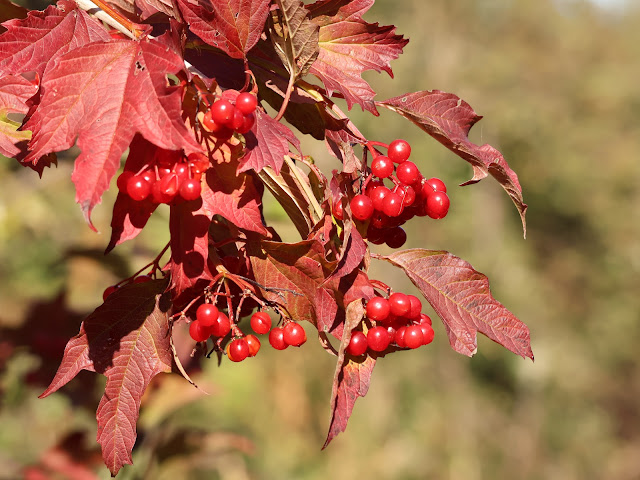Without giving myself too much pressure to increase my year total, last Saturday (12th Oct) I decided to re-visit a Worcestershire wildlife Trust Reserve just south of Bromsgrove. Upton Warren is divided into two halves, with different habitats, freshwater and saline, each part having a number of hides.
On my last visit, it was a cold, frosty morning with fog which never lifted during my visit, so I was interested to see what the reserve really was like. After an uneventful hour or so drive from home, I arrived to find just one other car present in the smallish car park. It was sunny but slightly colder than of late which made for a pleasant visit.
The first hide I visited overlooked a largish lake known as Moors Pool and was accessed via some wooden steps. I could immediately see a little egret fishing below the hide, and much further away, a great white egret and grey heron were also present. Other birds included the usual species of ducks - shoveler, teal, and mallard - and a family of mute swans. I watched the little egret as it made its away across in front of the hide. Another hide overlooked a small reed bed and also had some bird feeders but all that I saw today was blue tits and great tits. The hoped- for water rail didn't appear although had been seen recently.
I had to walk down a hedge lined path to the hides on the opposite side of the lake. This had some beautiful coloured bushes and berries and I spotted a wren flitting about about amongst some of them. A flock of linnets were twittering loudly at the top of another tree, but hard to see amongst the leaves. Cettis warblers could be heard from time to time all round the reserve and I did get a brief glimpse of one amongst some bushes. I missed a quick glimpse of a kingfisher but did see a female reed bunting.
The area known as the 'Flashes' is accessed from an Outdoor adventure Centre carpark just down the road. I didn't actually get to visit this part on my last visit so was keen to see what sort of birds were attracted there. The first two hides were small and overlooking some reeds and a small stream with a few mallards present. The third was much larger and overlooked a bigger area of water dotted about with islands. It had potential for waders but the only one I saw was a single lapwing today. Someone said that they had seen 5 curlew but they were no where to be seen. A few smaller birds such as pied wagtail, meadow pipits, linnets and goldfinches were feeding on the mud. Shovelers and teal were amongst the ducks and swans.
The area known as the 'Flashes' is accessed from an Outdoor adventure Centre carpark just down the road. I didn't actually get to visit this part on my last visit so was keen to see what sort of birds were attracted there. The first two hides were small and overlooking some reeds and a small stream with a few mallards present. The third was much larger and overlooked a bigger area of water dotted about with islands. It had potential for waders but the only one I saw was a single lapwing today. Someone said that they had seen 5 curlew but they were no where to be seen. A few smaller birds such as pied wagtail, meadow pipits, linnets and goldfinches were feeding on the mud. Shovelers and teal were amongst the ducks and swans.










.JPG)

No comments:
Post a Comment